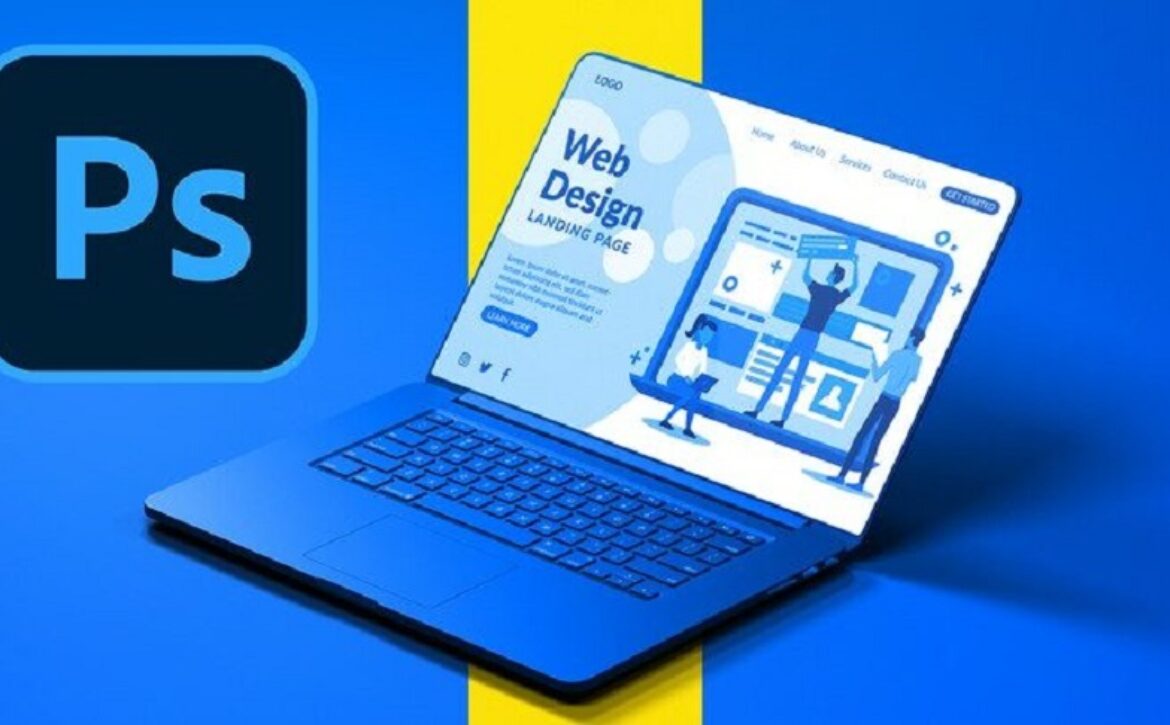Magento Important Features to Consider for Your Ecommerce Website in 2021
Magento is a powerful platform that helps eCommerce businesses throughout all industries to innovate and develop their organizations. Magento gives solutions in numerous classes starting from advertising, customer support, accounting, finance to transport, and success. Having the right transport strategies and vendors is one of the maximum critical things which could make your commercial enterprise run smoother. Some features on Magento are free of price and some are evolved via 3rd parties, or developed by a Magento Development Company as paid plugins, many of them are available on the Magento marketplace.
Navigating around the Magento marketplace is fairly smooth in case you understand what your e-commerce requirements are. Magento gives an extensive variety of shipping functions, imparting special functionalities, various in charge, version, and version. We’ve got created the listing of the top three must-to-have features of every e-commerce that ships bodily merchandise.
– Smart Packing Feature
Packaging is one of the most modern shipping tendencies turning into more and more famous in 2021. Smart packaging picks the most fulfilling packaging for every order primarily based on product dimensions. The algorithm mechanically and optimally pre-packs an order getting actual-time transport prices from the essential carriers like (ups, USPS, FedEx), using the scale of the chosen applications. The main objective of the smart packaging function is to help boom the accuracy of delivery charges displayed at the checkout and therefore make shipping cost-effective, for retailers, end-users, and clients.
Perks of Smart Packaging
1. Decrease Delivery Cost
Smart packaging reduces delivery charges. Small products shipped in a larger field than vital, cost greater due to the fact the parameters of the field are large and the package deal takes up an excessive amount of space within the vehicle. Thus, the provider can’t tackle more products within the equal vehicle and divide the expenses extra successfully. It makes sense that the providers are forced to charge greater for the larger packages.
2. Eco Friendly
The use of effective packaging reduces the waste coming from all of the packaging substances. Likewise, smart packaging will help you store money on transportation via averting transport of inefficiently packaged orders. Smart packaging makes delivery eco-friendly, cost-effective, and reduces the harmful effect on the environment.
3. Real-Time Shipping Charges
The accuracy of the transport costs will increase with all the additional statistics and details of the package. The greater the correct delivery quotes we can offer the carrier with the more cost-effective the shipping. By doing so, we keep away from shipping empty air inside the useless outsized bundle.
Transport a package based only on weight parameters itself may be very inefficient and luxurious. In this situation, the accuracy of shipping rates may be very low. Delivery price accuracy will increase with the calculated dimensional weight. However, that is nevertheless no longer 100 percent accurate. The best accuracy of shipping rates is only completed in case you provide the service with the real package dimensions (length x width x top) and its weight. Simplest this way, you can reap the highest accuracy of your delivery charges.
– Landing Cost
Landed cost is the sum of all prices it takes the store to ship cargo from the producer to its very last destination, to the quit purchaser. The landed fee is typically associated with international shipping, also due to all of the prices which might be related to getting a package across the borders. Landed cost encompasses shipment charges, coverage costs, taxes, and customs duties. Accounting for every value without delay influences your earnings margins. If you miscalculate how awful it’s going to be for you to deliver products internationally, you can lose plenty of cash.
 Benefits of Landed Cost Feature
Benefits of Landed Cost Feature
1. End-User Experience
No end-user desires to be surprised with sudden more fees upon receiving an order from abroad. Failure to display landed charges at the checkout can result in a bad consumer experience and poor feedback while the order is fulfilled. As a retailer, you need to ensure to display all of the essential details about the product. Take gain of the delivery solution on Magento and display or conceal applicable taxes and duties at checkout to your customers.
2. Cost Per Product
Landed price shows income made in line with each shipped object. Knowing how an awful lot fee is needed for manufacturing, packaging, and shipping of a single item gives the retailer a correct idea of a way to set up margins for every product. Moreover, it additionally accounts for wherein savings may be made to optimize the complete shipping process.
3. Custom Attributes Support
With a few transport software that helps the landed fee function like Calcurates, you can assign custom product attributes like tariff codes, product origin, and product descriptions for greater flexibility while shipping abroad.
– Rate Shopping Comparison
Rate shopping is a comparison of shipping costs between delivery vendors or their services. Rate shopping can as an instance deal most effectively with the comparison of provider services like FedEx ground versus UPS ground. Evaluating fees from a kind vendor can prevent masses of money on transport. But charge purchasing may be very time-ingesting, for that reason, it is recommended to apply a delivery calculator that obtains real-time rates from the main companies mechanically for you.
Benefits of Rate Shopping Feature
1. Reduction of Abandonment Fee
Better transport prices discourage customers from finalizing their online orders which regularly results in excessive cart abandonment. A better abandonment fee without delay correlates with decrease income and higher bounce rates. That is something that any store ought to keep away from. The rate shopping feature lets the store display the handiest the most cost-effective and reasonable shipping rates. Ensuing in a completely consumer-friendly checkout experience and reduced abandonment rate.
2. High Conversion Rate
As noted inside the section above, those two metric correlates with each other appreciably. If the abandonment fee is reduced via supplying a greater convenient transport alternative, the conversion charge will increase. That is natural as more people will continue with their online orders if they don’t must pay excessive delivery prices.
3. Remove Unwanted Shipping Options
The remaining benefit of rate shopping is that the feature supports various product portfolios. This is tremendous for stores who’ve products of different sizes and weights, shipped throughout the whole international. Rate purchasing enables retailers to put off those delivery alternatives that are pointless and display the most effective ones suitable like home shipping quotes, international delivery prices, or positive delivery offerings best. Fee shopping saves plenty of time by obtaining actual-time prices from carriers mechanically.
 – Smart One Step Checkout
– Smart One Step Checkout
Your eCommerce website design must be end-users friendly. You must optimize your online store so that a client clicks the “add to cart” button in your product. Don’t lose the sale by including greater steps to finishing the acquisition when they’ve decided to buy. Customers now assume an unmarried page checkout system that they’re familiar with from shopping on other online stores. Supply it to them with smart one-step checkout. Smart one step checkout offers all the functionality you need in an unmarried extension, inclusive of:
- Cellphone responsive design
- Consumer login for one-step purchase or visitor checkout
- Edit items inside the cart
- Practice cut price codes and gift playing cards
- Checkout conduct and abandonment reporting
– Recurring Payments and Subscription
Subscription models have emerged as a popular way for e-commerce companies to sell their products. Preserving customers buying from you month after month can be fantastically worthwhile. But, subscription purchases require a one-of-a-kind checkout and charge infrastructure. Aheadwork’s extension provides the subscription and recurring price functionality you need. It may grow to be your number one checkout for natural subscription agencies. Or you may create trial subscriptions or computerized product re-orders alternatives. The ordinary bills integrate with your service provider offerings issuer. This makes everyday billing smooth for you and your consumer. Plus, it facilitates lessen payment disasters due to credit score card expirations or cancellations.
– A/B Testing
You must continually be running experiments to discover the principal and minor updates to your Magento that can maximize your ecommerce sales. Amasty also presents a beneficial a/b testing extension that gives you the whole thing you want. You can run a/b break-up test and multivariate checks for specific merchandise or product companies at once from your Magento admin panel. You could customize one or multiple tests at a time primarily based on one-of-a-kind intention metrics, products, and “winner” standards. What makes this checking-out extension even nicer for you is that you aren’t required to expand replica product pages with each test variation. No more development time and placement bloat facilitate you focus on enhancing your client revel in, now not coordinating the assessments.
Final Words
There are very few delivery extensions and answers to be had for Magento store owners that offer critical and trending features like clever packaging, landed price, and rate buying. Different crucial functions can help you with the whole shipping system. Extra functions which include shipping policies and regulations, dimensional weight, in-shop pickup, transport zones, table costs, and extra are similarly very beneficial and simplify the entire transport manner a lot. But, inside the case of extensions, the store needs to recognize that having an all-in-one shipping solution offering these features collectively is extra cost-effective and top-quality than buying the entire features one after the other. Features bought one at a time can are compatible troubles, and are subject to regular Magento updates. Calcurates last shipping answer gives all the above-mentioned functions within a strong interface and seamlessly integrates with Magento.



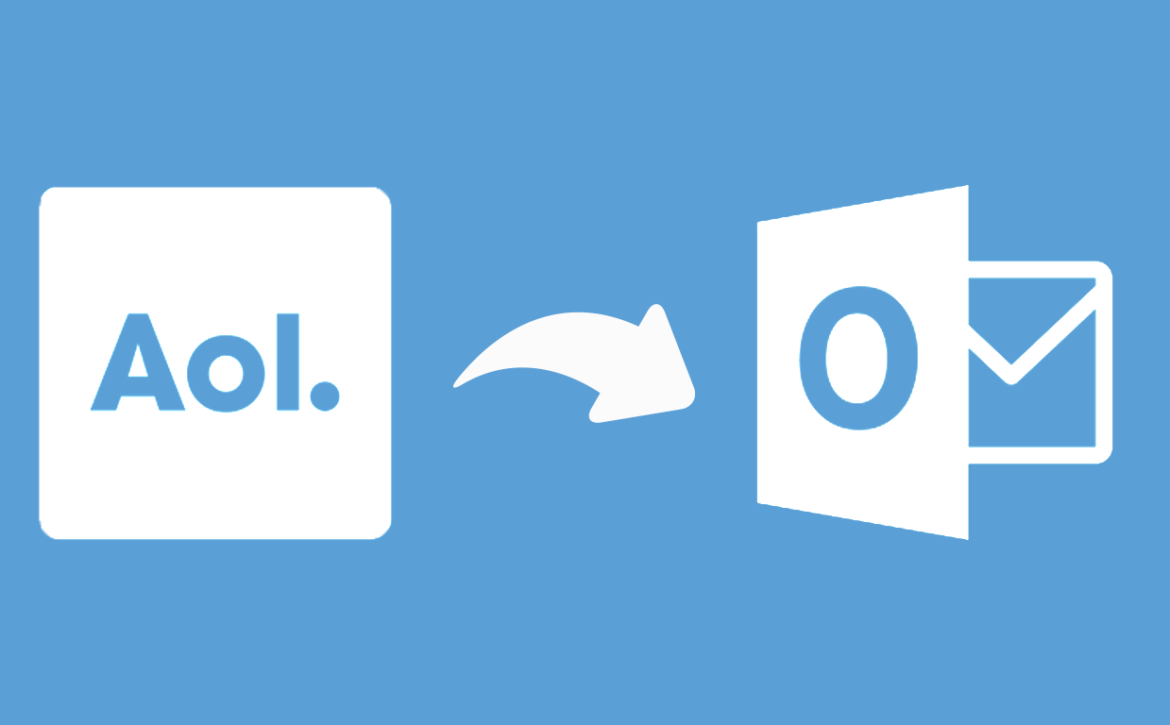
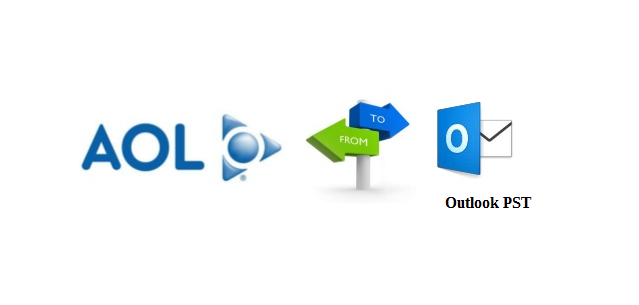


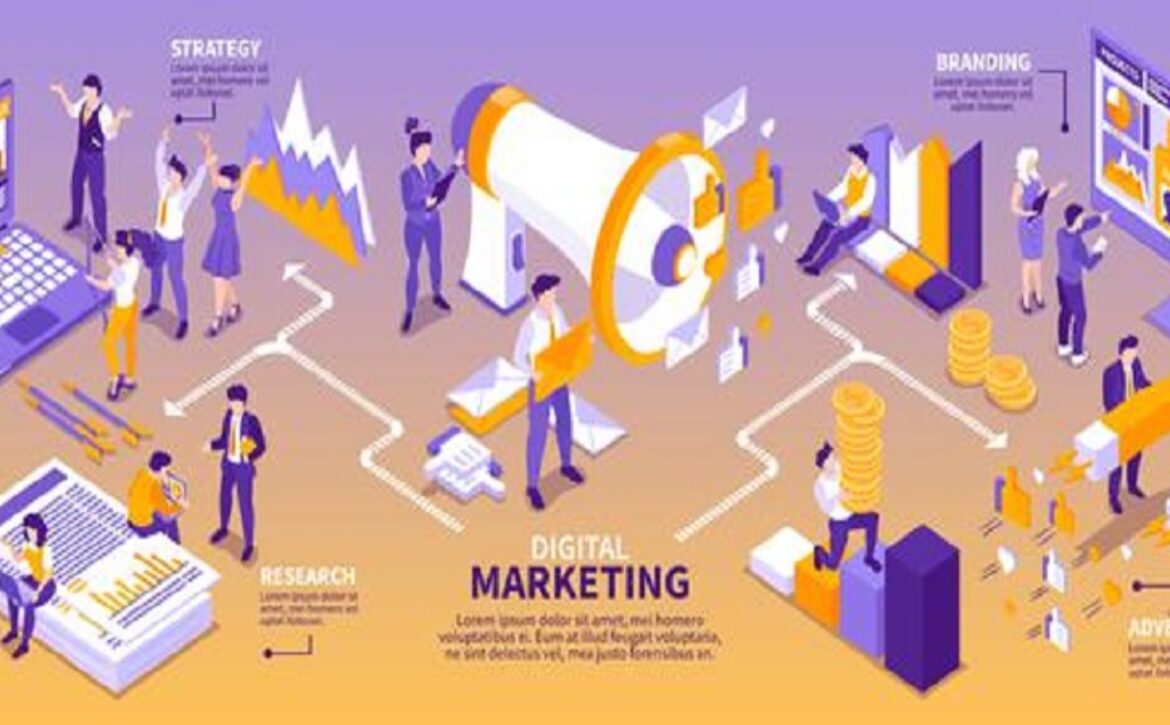


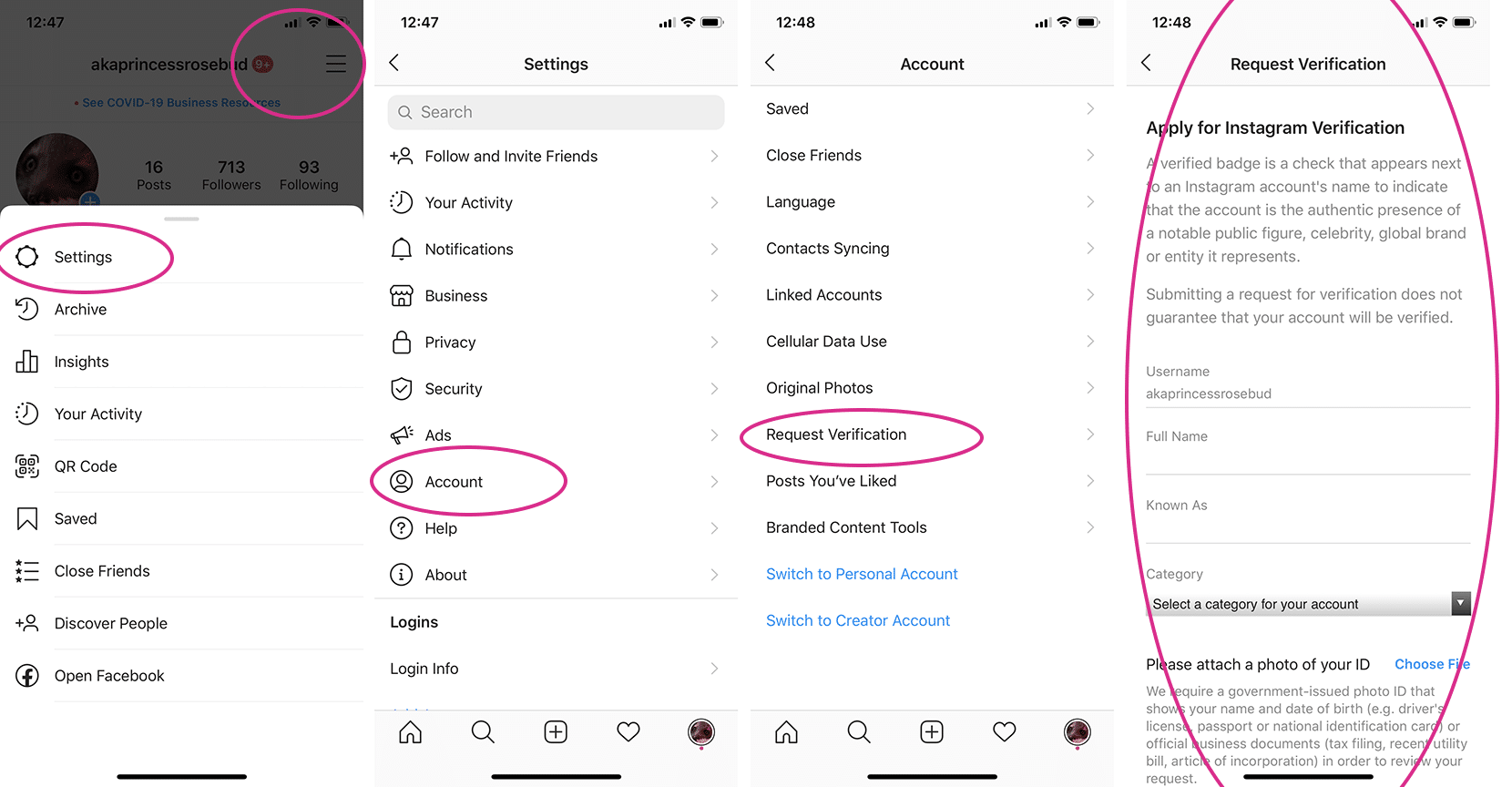 What does that Blue Tick represent, it’s not what you think?
What does that Blue Tick represent, it’s not what you think?
